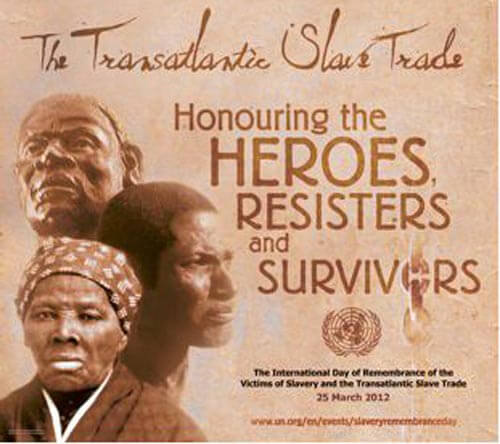Two United Nations agencies say the unfavorable evolution of the economy in Latin America and the Caribbean during the second half of 2014 will not prevent regional urban unemployment from decreasing slightly this year to 6.0 percent or 6.1 percent, from the 6.2 percent recorded in 2013.
The Economic Commission for Latin America and the Caribbean (ECLAC) and the International Labor Organization (ILO) on Thursday presented a new edition of their joint report.
The report indicates that while a regional rebound in job creation is not foreseen in 2014, a lower rate of labor market participation -which is to say, the proportion of the working-age population inside the labor force, whether employed or unemployed- should enable unemployment to fall.
In the document, the United Nations organizations analyze the employment situation during the first half of the year and explain the mechanisms that have helped reduce inequality in the region’s earned incomes in the last decade.
According to the report, even though country data shows a high degree of heterogeneity, the employment rate at a regional level -meaning the number of employed people versus the total working-age population- continued the decline it had initiated in 2013 during the first half of this year.
“Considering these circumstances, and as paradoxical as it may seem, the decline in the unemployment rate is not entirely positive news… The fall in labor force participation that is behind the decreasing unemployment has an impact on the economic autonomy of a growing proportion of the population, especially women,” Alicia Bárcena, ECLAC’s executive secretary, and Elizabeth Tinoco, ILO’s Regional Director, say in the document’s introduction.
Despite the current stagnation, the overall assessment of the region’s labor markets during recent years is positive, according to the report.
Beyond the situation today, the report analyzes the virtuous links between employment formalization and improvements in labor income distribution.
After the 2008-2009 crisis, employment formalization kept growing, which not only favored women’s greater productive insertion but also helped reduce the gap in labor income seen between employed workers with lower and higher education levels, the report says.
Between 2009 and 2013, the report says formal jobs grew 12.7 percent (53.4 percent of total employment), while informal jobs grew just 2.6 percent (46.6 percent).
Meanwhile, total income distribution (formal and informal employment) improved by 0.62 percentage points between those years, the report says.
“This increase in labor formality has especially benefited salaried employees, workers with intermediate schooling levels, and women,” the report says.
























